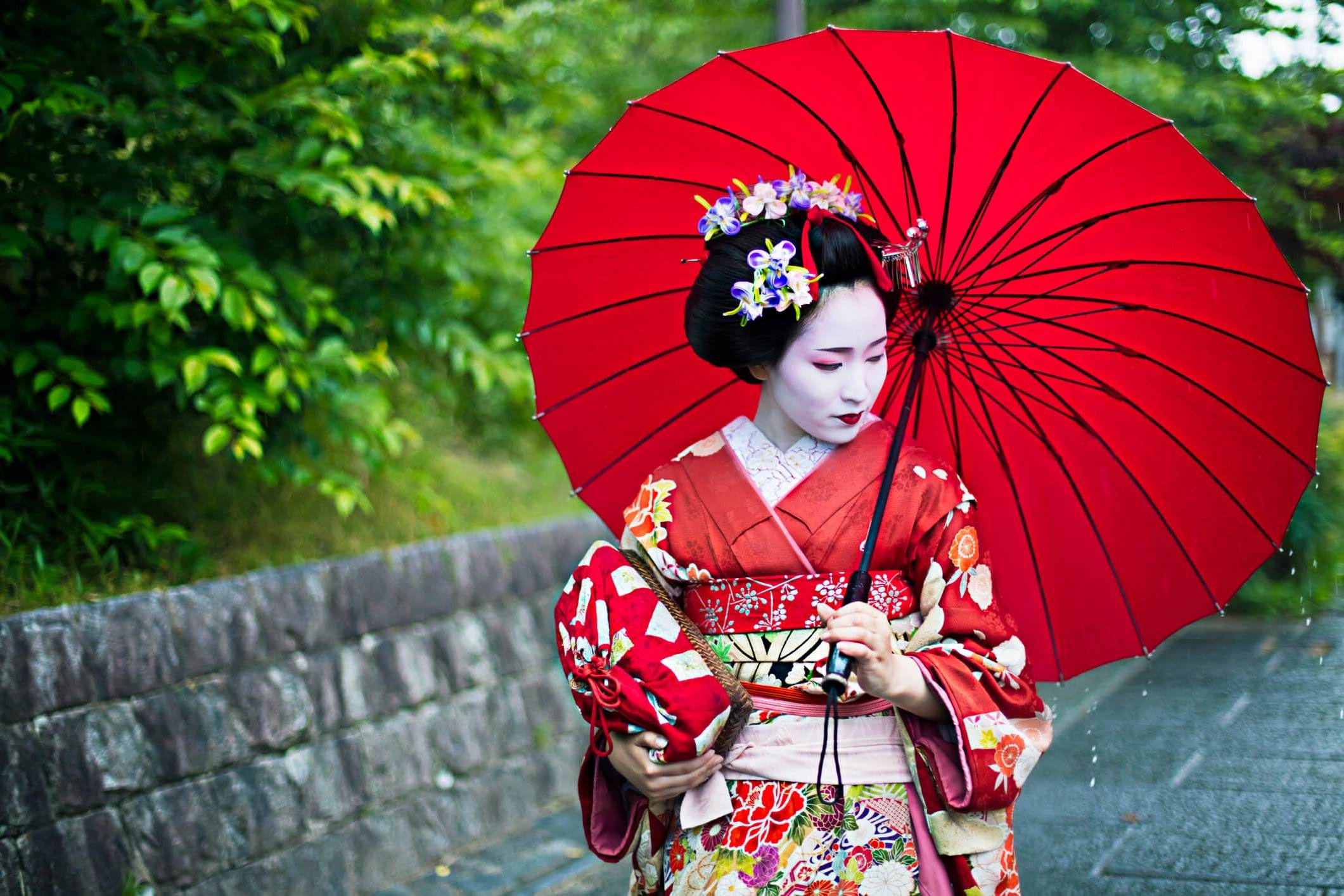Geisha: What Lies Hidden Behind The Fantasies

Ever wondered what life is really like for a Geisha? Many think of them as mysterious women in beautiful kimonos, but there's much more to their world. These skilled artists dedicate years to mastering traditional Japanese arts like dance, music, and tea ceremonies. Their days are filled with rigorous training and practice, ensuring they can entertain guests with grace and precision. Beyond the makeup and elegant attire, Geishas are cultural ambassadors, preserving ancient traditions in a modern world. Let's take a closer look at the dedication, discipline, and daily life of these fascinating women.
Geisha: What Lies Hidden Behind the Fantasies
Geishas have long fascinated the world with their grace, beauty, and mystery. But what truly lies behind the painted faces and elaborate kimonos? Let's uncover the hidden truths about these iconic figures of Japanese culture.
The Origins of Geisha
Understanding the origins of geishas helps to appreciate their role in Japanese society. Their history is rich and complex, dating back centuries.
Early Beginnings: Geishas originally started as male entertainers called "taikomochi" or "hokan" in the 13th century. They performed at feudal lords' gatherings, offering witty conversation and entertainment.
Female Dominance: By the 18th century, women began to dominate the profession. They were known as "onna geisha" and quickly became the preferred entertainers due to their musical and dance skills.
Cultural Icons: Over time, geishas evolved into symbols of Japanese culture, embodying traditional arts, music, and dance. Their role became more defined, focusing on preserving and showcasing Japanese heritage.
The Life of a Geisha
A geisha's life is one of dedication, discipline, and artistry. It involves rigorous training and a deep commitment to their craft.
Training: Young girls, known as "maiko," start their training as early as 15. They learn traditional dance, music, tea ceremony, and the art of conversation. This period can last up to five years.
Daily Routine: A geisha's day is meticulously planned. Mornings are spent practicing arts, afternoons involve preparing for evening engagements, and nights are dedicated to entertaining guests.
Appearance: The iconic look of a geisha involves elaborate hairstyles, white makeup, and colorful kimonos. Each element has symbolic meaning, reflecting their status and experience.
Misconceptions About Geishas
Many myths and misconceptions surround geishas. It's important to separate fact from fiction to truly understand their world.
Not Courtesans: Contrary to popular belief, geishas are not prostitutes. Their primary role is to entertain through music, dance, and conversation, not to provide sexual services.
Independence: Geishas are independent women who often manage their own finances and make their own decisions. They are respected professionals in their field.
Modern Geishas: While the number of geishas has declined, they still exist today. Modern geishas continue to uphold traditional arts while adapting to contemporary society.
The Role of Geishas in Japanese Culture
Geishas play a significant role in preserving Japanese culture and traditions. Their influence extends beyond entertainment.
Cultural Preservation: Geishas are custodians of traditional Japanese arts. They keep ancient music, dance, and tea ceremonies alive, passing these skills to future generations.
Cultural Ambassadors: Geishas often represent Japan in international events, showcasing the country's rich heritage to the world. They help bridge cultural gaps and promote understanding.
Inspiration: Geishas inspire artists, writers, and filmmakers. Their enigmatic presence and dedication to their craft have been the subject of numerous works of art and literature.
The Future of Geishas
The future of geishas is uncertain, but their legacy remains strong. Efforts are being made to ensure their traditions continue.
Revival Efforts: Various organizations and individuals are working to revive interest in geisha culture. They offer training programs and support to aspiring geishas.
Cultural Tourism: Geisha districts, such as Kyoto's Gion, attract tourists eager to experience traditional Japanese culture. This interest helps sustain the geisha community.
Adapting to Change: Modern geishas are finding ways to adapt to contemporary society. They use social media to reach a wider audience and participate in new forms of entertainment while staying true to their roots.
Understanding the True Essence of Geisha
Geisha culture is often misunderstood. Many people think of them as just entertainers, but they are skilled artists with deep traditions. Their performances include dance, music, and conversation, all requiring years of training. The white makeup and elaborate kimonos are not just for show; they symbolize their dedication and status.
Visiting Japan offers a chance to see geisha in their true form. Kyoto, especially the Gion district, is a great place to experience this. Remember, geisha are not just a part of history; they are living symbols of Japanese culture.
Respecting their craft and understanding their role helps preserve this unique tradition. Next time you see a geisha, think beyond the makeup and costumes. Appreciate the artistry and dedication that go into every performance. This deeper understanding enriches your experience and honors their legacy.

